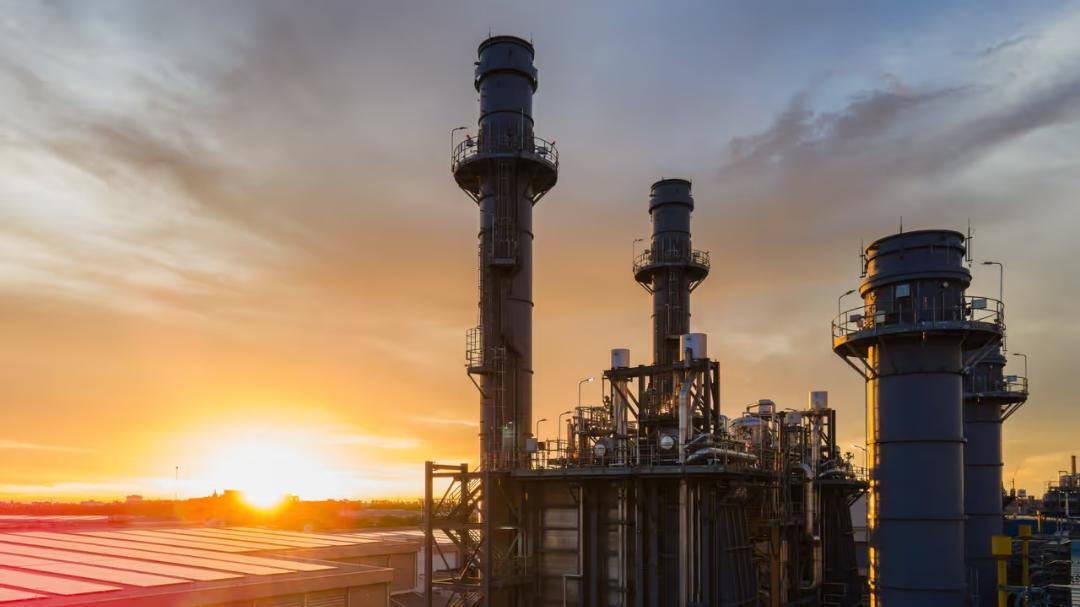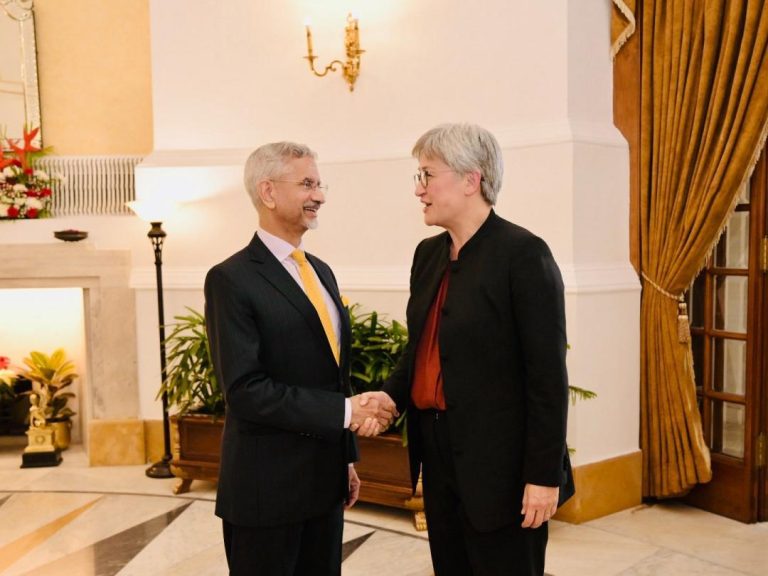
Millions of Americans live near hidden fossil fuel sites: Study
The United States has long been a major player in the global fossil fuel industry, with a vast network of extraction, processing, and transportation infrastructure crisscrossing the country. However, a recent national study has revealed a startling fact: millions of Americans are living in close proximity to hidden fossil fuel sites, including wells, refineries, pipelines, and storage facilities. The study, which aimed to shed light on the scope of this issue, found that a staggering 46.6 million Americans reside within a mile of these facilities, putting them at risk of exposure to pollutants and other environmental hazards.
The researchers behind the study used a combination of data sources, including government records, industry reports, and satellite imagery, to identify and map the locations of fossil fuel infrastructure across the United States. Their findings paint a concerning picture, with many communities unwittingly living in close proximity to potential environmental and health hazards. The study’s authors warn that the presence of these facilities may expose nearby residents to a range of pollutants, including toxic chemicals, particulate matter, and other harmful substances.
One of the most significant concerns associated with living near fossil fuel infrastructure is the risk of air and water pollution. Refineries, pipelines, and other facilities can release a range of pollutants into the environment, including volatile organic compounds (VOCs), particulate matter, and other hazardous substances. These pollutants can have serious health consequences, including respiratory problems, cancer, and other diseases. Furthermore, communities living near these facilities may also be at risk of accidents and spills, which can have devastating environmental and health impacts.
The study also highlights the issue of environmental inequities, with many low-income and minority communities disproportionately affected by the presence of fossil fuel infrastructure. These communities often lack the resources and political power to advocate for themselves, leaving them vulnerable to the negative impacts of pollution and environmental degradation. The researchers note that this is a classic example of environmental injustice, where marginalized communities bear the brunt of environmental hazards while wealthier, more affluent communities are often spared.
Another key finding of the study is the need for better data to guide future energy and public-health policies. Currently, there is a lack of comprehensive, nationwide data on the location and scope of fossil fuel infrastructure, making it difficult for policymakers and regulators to make informed decisions about environmental and health risks. The study’s authors argue that improved data collection and transparency are essential for identifying and mitigating the risks associated with fossil fuel infrastructure, as well as for developing more sustainable and equitable energy policies.
The implications of this study are far-reaching, with significant consequences for public health, environmental policy, and energy development. As the United States continues to grapple with the challenges of climate change, energy security, and environmental sustainability, it is essential that policymakers and regulators take a closer look at the fossil fuel infrastructure that underpins our energy system. By acknowledging the risks and hazards associated with these facilities, we can work towards creating a more just and sustainable energy future, one that prioritizes the health and well-being of all communities.
In conclusion, the study’s findings are a stark reminder of the need for greater awareness and action on the issue of fossil fuel infrastructure and its impact on nearby communities. As we move forward, it is essential that we prioritize transparency, accountability, and environmental justice, ensuring that the benefits of energy development are shared by all, while the risks and hazards are minimized. By working together to address these challenges, we can create a healthier, more sustainable future for generations to come.






